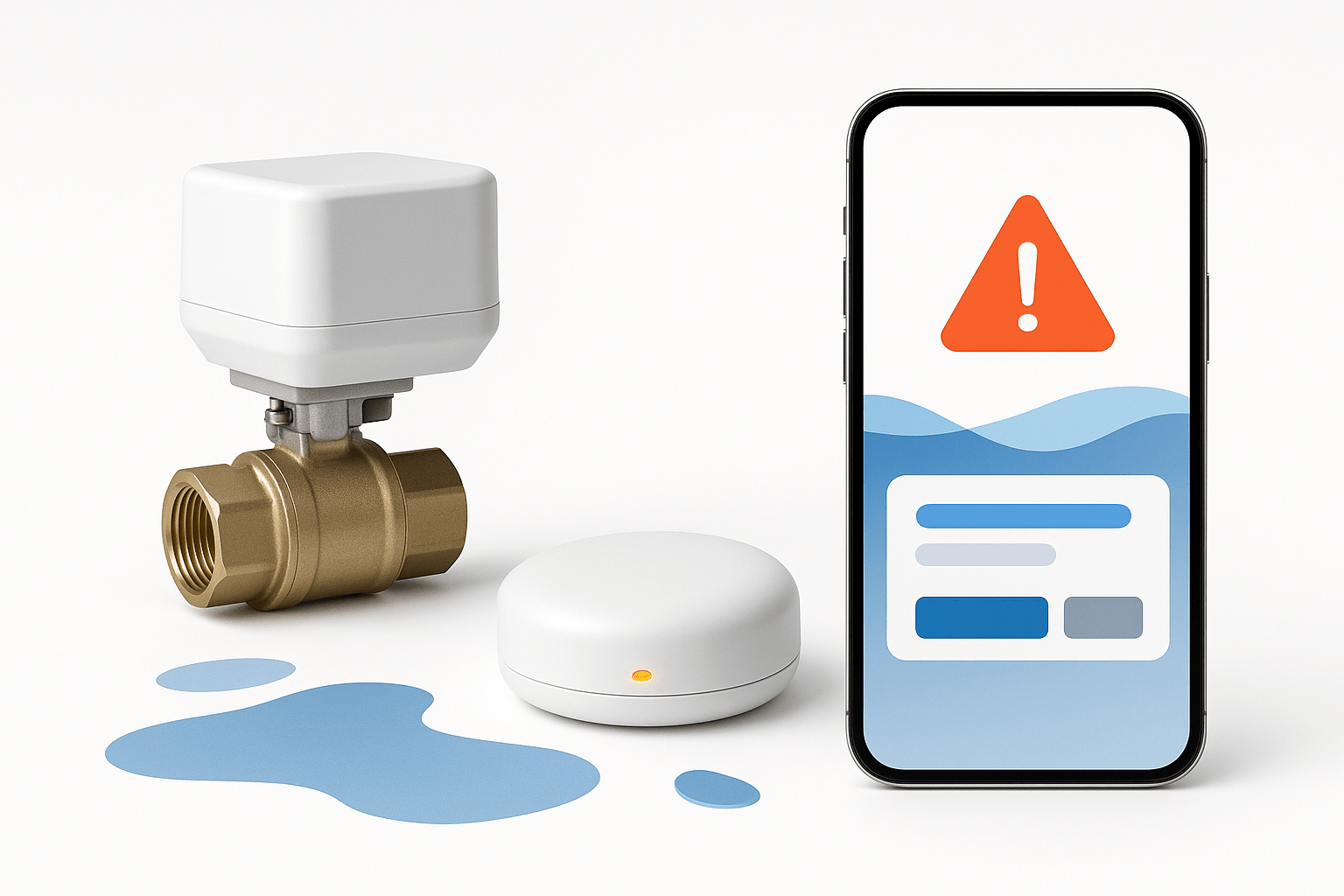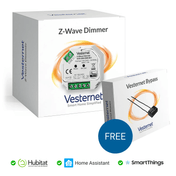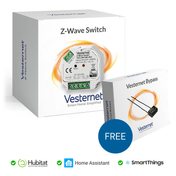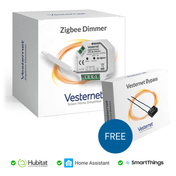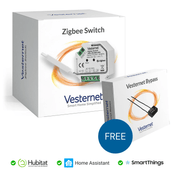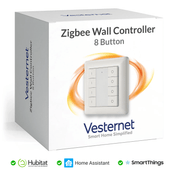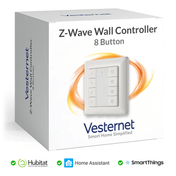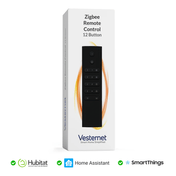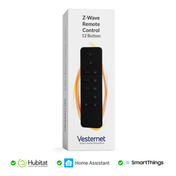Water damage is a homeowner's nightmare. According to insurance industry data, it ranks among the most frequent and expensive types of home insurance claims, often exceeding damage caused by fire or theft. Whether it's a sudden catastrophic burst pipe, a slowly leaking washing machine hose, a failed water heater, or even condensation buildup in an unseen area, water can wreak havoc. It can saturate drywall, warp floorboards, ruin carpets and furniture, destroy irreplaceable belongings, and perhaps most insidiously, create the perfect breeding ground for hazardous mould and mildew, which can pose significant health risks.

The financial and emotional toll of water damage can be immense. Repairs are often complex, involving not just fixing the source but also drying out structures, replacing damaged materials, and potentially remediating mould. Fortunately, the evolution of smart home technology provides a powerful and proactive defence: smart water leak detection systems.
These systems act as vigilant sentinels, constantly monitoring vulnerable areas for the first signs of trouble. By providing immediate alerts and, in advanced setups, automatically intervening by shutting off the water supply, they can transform a potential disaster costing thousands into a manageable incident. This guide delves into the workings of these essential systems, explores their numerous benefits, and outlines the crucial factors to consider when choosing the right solution to protect your home and peace of mind.

How Smart Water Leak Detection Systems Work: The Core Components
At their heart, smart water leak detection systems are relatively simple in concept but powerful in execution. They typically rely on a combination of hardware and smart home integration:
Water Sensors (The Detectives):
- Spot Sensors: These are the most common type. They are small, usually battery-powered devices placed directly on the floor or surface in leak-prone areas. Most feature two or more conductive probes on their underside. When water bridges the gap between these probes, it completes an electrical circuit, triggering the sensor.
-
Rope/Cable Sensors: These consist of a sensor unit connected to a length of conductive cable. The entire length of the cable acts as a sensor. This is ideal for monitoring larger areas, such as along the base of a wall in a basement, around the entire perimeter of a water heater, or under long runs of pipes.

-
Placement Strategy: Effective protection relies on strategic placement. Key locations include:
- Under kitchen and bathroom sinks
- Behind toilets (especially near the supply line connection)
- Beside or behind washing machines
- Near dishwashers
- Around water heaters
- In basements, particularly near sump pumps or low points
- In attics near HVAC drip pans or plumbing runs
- Near refrigerators with ice makers/water dispensers
- Under fish tanks or water features
Wireless Communication (The Messenger):
- The sensors need to report their findings. Most smart water leak sensors utilize low-power wireless protocols like Z-Wave or Zigbee.
-
Why Z-Wave/Zigbee? These protocols are ideal for battery-powered sensors because they consume very little energy, allowing sensors to operate for months or even years on a single battery. They also create reliable mesh networks, meaning signals can hop between devices, extending range beyond what Wi-Fi might reliably cover, especially in basements or attics far from the router.
Smart Home Hub/Controller (The Brain):
- The Z-Wave or Zigbee signals from the sensors are received by your central smart home hub (Hubs & Gateways). This hub acts as the bridge between the low-power sensor network and your home's Wi-Fi/Ethernet network and the internet.
- The hub interprets the signal from the sensor (e.g., "Water Detected" or "Dry") and executes pre-programmed actions or automations.
Alerting Mechanisms (The Alarm):
- Smartphone Notifications: The most crucial alert. The hub instantly sends push notifications, emails, or SMS messages to designated users via its connected app, informing them of the leak and its location (based on the sensor's name, e.g., "Kitchen Sink Leak Detected"). This allows for immediate action, even if you're away from home.
- Local Audible Alarms: Many water sensors have small built-in piezo buzzers that emit a sound locally. Additionally, the hub can be programmed to trigger louder, dedicated smart sirens (Z-Wave Sirens) placed elsewhere in the home, ensuring someone present is alerted even if they don't check their phone immediately.
-
Visual Alerts: Automations can be created to flash smart lights (e.g., turn hallway lights red) when a leak is detected, providing another layer of immediate, attention-grabbing notification within the home.
Automatic Water Shut-Off Valve (The Intervention - Optional but Highly Recommended):
- This is the ultimate protection component. An electronically controlled valve is installed on your home's main water supply line, typically just after the manual shut-off valve.
- These valves are also controlled via Z-Wave or Zigbee.
- When the hub receives a leak alert from a sensor, it can be programmed to instantly send a command to the smart valve, telling it to close and shut off the water supply to the entire house.
- This stops the flow of water at the source, dramatically limiting the extent of damage, especially if the leak occurs when no one is home.
Key Benefits of Smart Water Leak Detection: Beyond the Basics
The advantages of implementing such a system extend far beyond simple leak notification:
- Drastic Damage Mitigation & Prevention: Early detection is paramount. Catching a leak within minutes versus hours or days can be the difference between wiping up a small puddle and needing major structural repairs, flooring replacement, and mould remediation.
- Significant Cost Savings: Preventing catastrophic damage directly saves enormous amounts on repairs. It also prevents exorbitant water bills from undetected running water and helps avoid potential increases in home insurance premiums that often follow large claims.
- 24/7 Peace of Mind: Knowing your home is constantly monitored for leaks provides invaluable reassurance, particularly when you're travelling, at work, or asleep.
- Mould Prevention & Health Protection: Water damage quickly leads to mould growth, often hidden within walls or under floors. Mould spores can cause respiratory problems, allergic reactions, and other health issues. Rapid leak detection and remediation are key to preventing mould establishment.
- Remote Awareness & Control: Smartphone alerts keep you informed anywhere, anytime. If you have a smart shut-off valve, you can also remotely close your water main via the app if needed (e.g., if a neighbour reports an issue).
- Potential Insurance Discounts: Recognizing the loss-prevention value, many insurance companies offer discounts on homeowner premiums for monitored water leak detection systems, especially those featuring automatic shut-off valves. Check with your provider for specific programs.
- Detection of Minor Leaks & Waste: Highly sensitive sensors can sometimes detect very slow drips that might otherwise go unnoticed, helping identify failing fixtures or connections before they become major problems and saving water.
-
Freeze Protection: Some systems incorporate temperature sensing. If temperatures near pipes drop close to freezing, the system can alert you, potentially preventing burst pipes – another common cause of major water damage.

Choosing the Right System: Key Considerations (Expanded)
Selecting the components for your water leak detection system requires careful thought:
Sensor Type, Sensitivity & Placement Strategy:
- Spot vs. Rope: Use spot sensors for specific points (under sink drains, behind toilets). Use rope sensors for larger areas (along basement walls, around water heaters, under washing machine pans).
- Sensitivity: Some sensors may offer adjustable sensitivity, although this is less common. Ensure the sensor is sensitive enough to detect small amounts of water quickly.
- Number of Sensors: Be thorough. It's better to have slightly more sensors than needed than to miss a critical location. Map out all water sources and appliances.
-
Battery Life & Reporting: Look for sensors with long battery life (1-3+ years is common) and ensure your hub receives and alerts you to low-battery warnings well in advance.
Communication Protocol & Hub Compatibility:
- Z-Wave vs. Zigbee: Both are excellent choices. Ensure the sensors you choose are compatible with your smart home hub's supported protocols. Vesternet offers a wide range of reliable Z-Wave and Zigbee sensors.
-
Hub Integration: Verify that your hub fully supports the specific sensor model and allows for the creation of necessary automation rules (notifications, siren triggers, valve control).
Alerting Customization:
- Multiple Methods: Rely on more than just push notifications. Configure audible alarms (sensor buzzers, dedicated sirens) and potentially visual alerts (smart lights) for redundancy.
- Notification Content: Ensure alerts clearly identify which sensor was triggered.
- Escalation: Some advanced hubs might allow for escalation rules (e.g., if an alert isn't acknowledged within X minutes, notify another contact).
Automatic Shut-Off Valve Considerations:
- Necessity: While optional, an automatic shut-off valve provides the highest level of protection, especially when you're away.
- Types: Valves come in different sizes to match your main water pipe diameter. Some require cutting the pipe (requiring a plumber), while others clamp over an existing ball valve handle (easier DIY installation, but ensure compatibility with your valve type).
- Installation: Professional plumbing installation is highly recommended for valves requiring pipe cutting to ensure proper seals and operation.
- Power: Shut-off valves require power, often via a plug-in adapter. Consider battery backup options if available for operation during power outages.
- Manual Override: Ensure the valve has a clear and accessible manual override mechanism in case of malfunction or planned plumbing work.
System Testing and Maintenance:
- Regular Testing: Periodically test your sensors by applying a small amount of water to the probes. Verify that you receive notifications and that any linked sirens or shut-off valves activate correctly.
- Battery Replacement: Replace batteries promptly when low-battery warnings are received.
-
Valve Exercising: If you have an automatic shut-off valve, manually (or via the app) operate it occasionally (e.g., every 6 months) to prevent it from seizing up due to mineral buildup.

Protecting Your Home, Protecting Your Future
Water damage poses a significant threat to the safety, value, and health of your home. A smart water leak detection system, built with reliable sensors communicating via Z-Wave or Zigbee and integrated with a capable smart home hub, offers a proactive and highly effective defence. Adding an automatic shut-off valve provides the ultimate layer of protection, potentially saving you thousands in repairs and preventing immeasurable stress.
Compared to the potential cost of water damage, investing in a robust detection system is a wise and prudent decision for any homeowner.
Explore Vesternet's selection of dependable smart Water Leak Sensors and compatible Z-Wave Shut-Off Valves to build your home's essential defence against water damage today.

